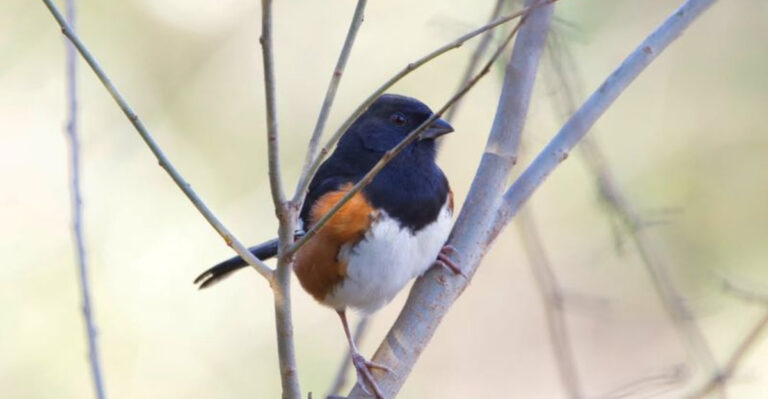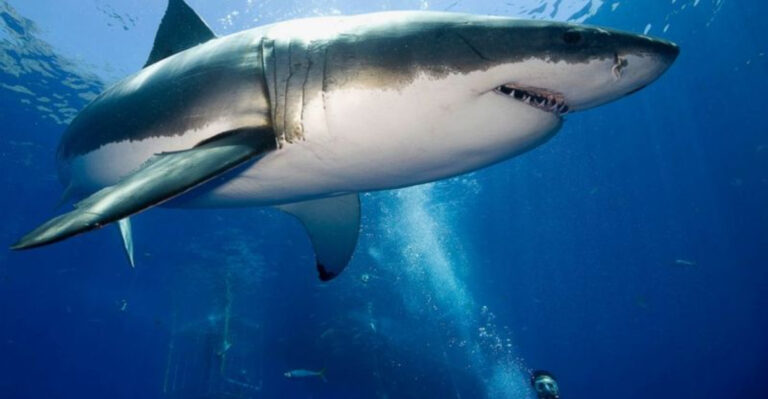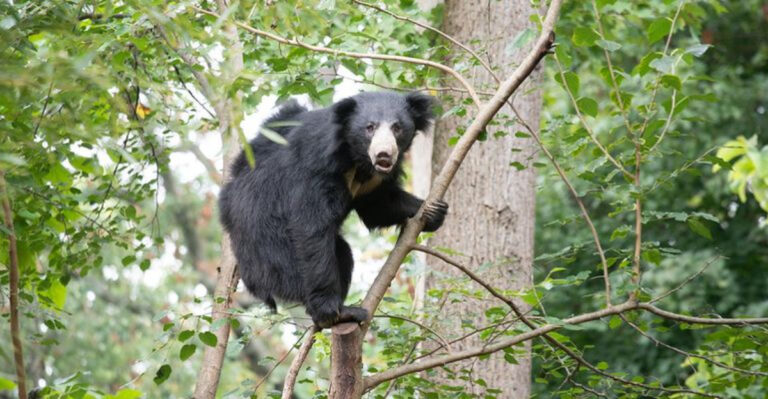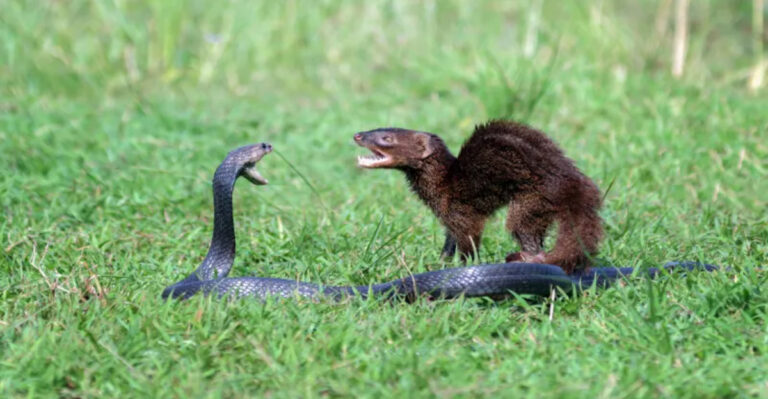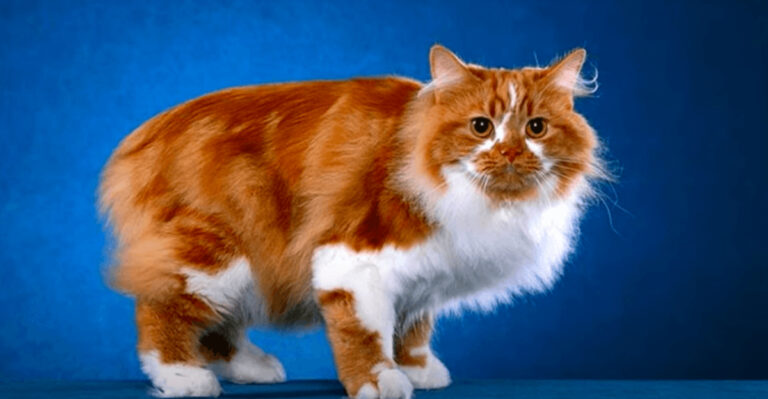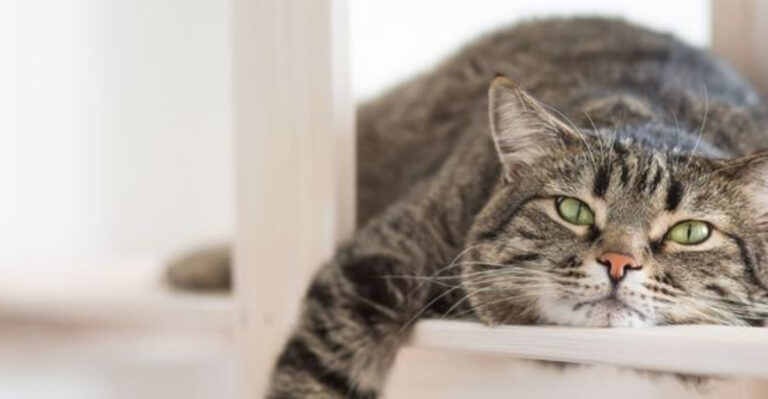These Are The 8 Rarest Cat Colors And Patterns, And The 5 Most Common

Cat coats come in a stunning array of colors and patterns, from the ultra-rare to the everyday. While most of us have seen plenty of tabby and black cats, some feline color combinations are so uncommon you might never encounter them in your lifetime.
Understanding these unique coat variations not only satisfies our curiosity but also helps us appreciate the amazing genetic diversity in our feline friends.
1. Albino
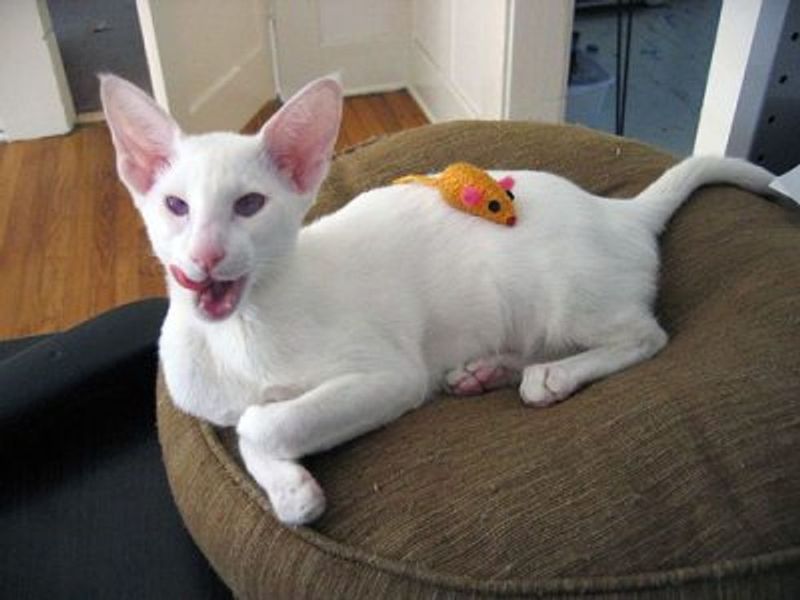
Pink-eyed ghost cats with snow-white fur are genuinely magical sights in the feline world. True albinism results from a complete absence of melanin production.
Many people confuse white cats with albinos, but the difference lies in the eyes—albinos have pink or very pale blue eyes due to visible blood vessels. These cats need extra sun protection because they lack pigment shields.
2. Colorpoint
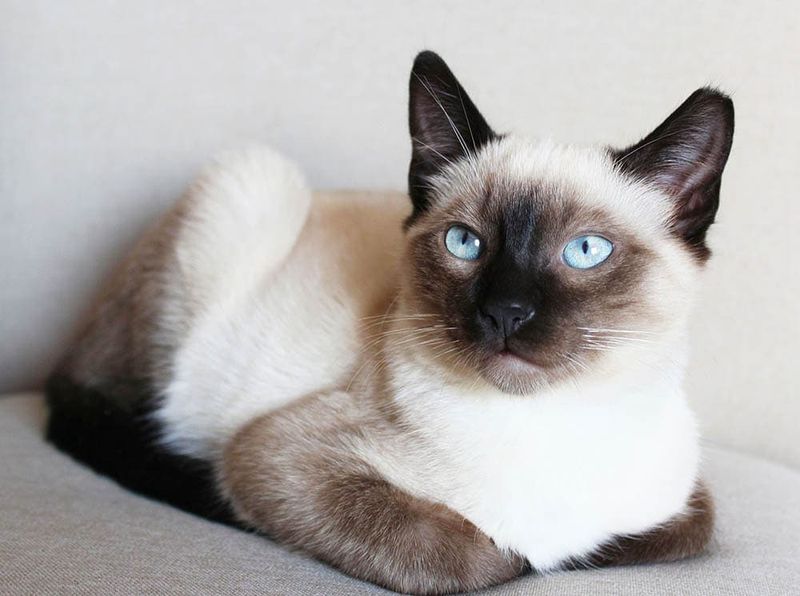
Mysteriously temperature-sensitive fur creates the signature look of Siamese and Himalayan cats. The cooler parts of their bodies—ears, face, paws, and tail—develop darker coloration while warmer areas stay light.
Kittens with this pattern are born completely white! The color gradually develops as they age. This fascinating genetic quirk means the same cat could look different if raised in Alaska versus Florida.
3. Chinchilla
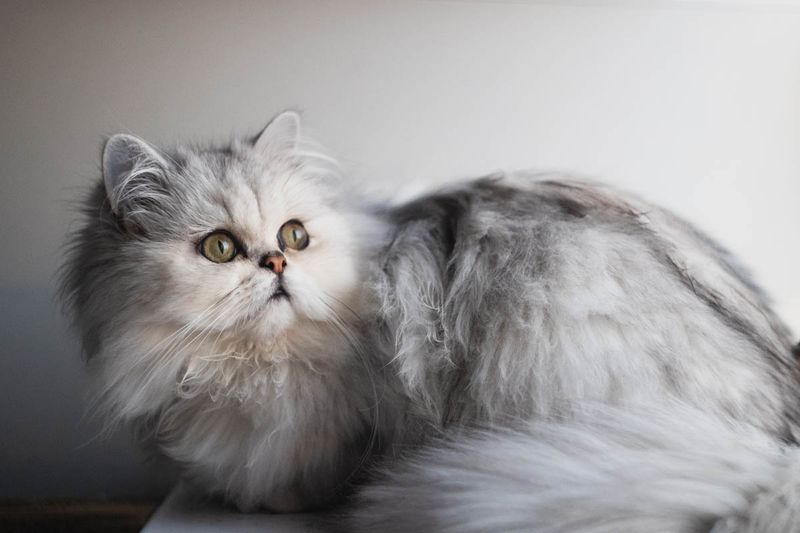
Imagine catching glimpses of sterling silver each time your cat moves! Chinchilla cats possess a unique coat where only the very tips of each hair are colored, creating a shimmering, ethereal appearance.
Running your fingers through their fur reveals the white undercoat beneath. This rare coloration is most commonly found in Persian cats, giving them an almost otherworldly, frost-touched elegance.
4. Rosetted (Bengal)
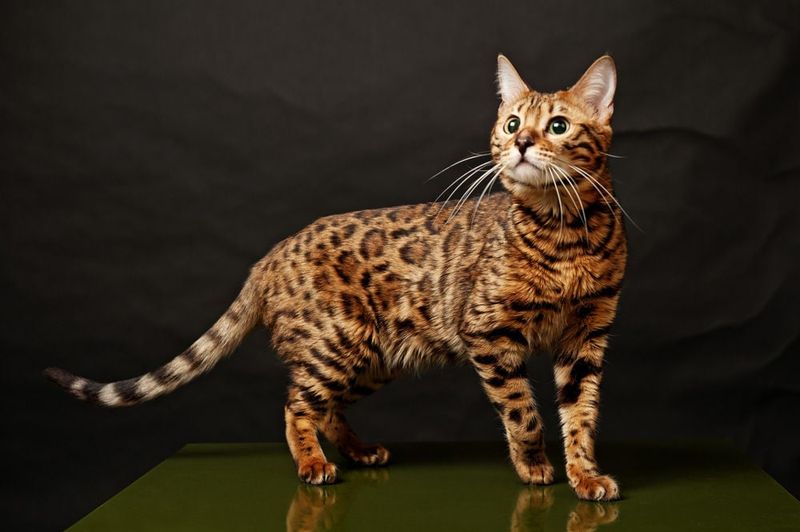
Wild beauty meets domestic charm in the rosetted pattern! These distinctive spotted markings resemble tiny leopard prints, with darker outlines surrounding a lighter center.
Bengal cats showcase this exotic pattern best, inherited from their Asian leopard cat ancestors. The rosettes can appear in various shapes—arrowheads, paw prints, or donuts—making each Bengal a unique walking work of art.
5. Black Smoke
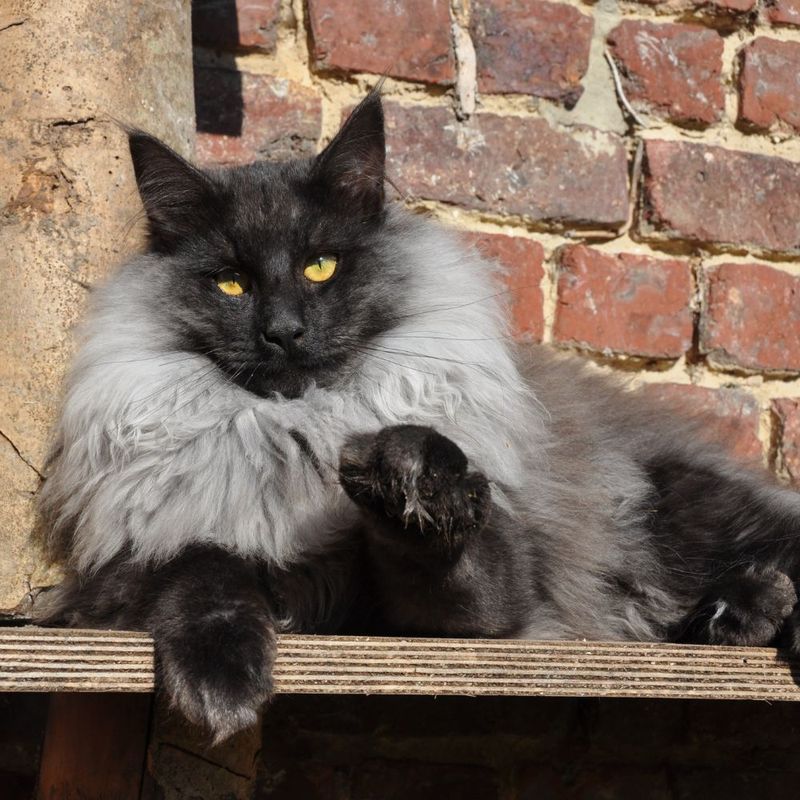
Mysterious and dramatic, black smoke cats appear solid black until they move! Their fur contains a hidden secret—each hair is actually white at the base with black tips.
When these cats stretch or turn, they reveal flashes of silvery white beneath the dark exterior. The contrast creates a smoky, ethereal effect that’s utterly captivating, like watching shadows dance across moonlit fog.
6. Fawn
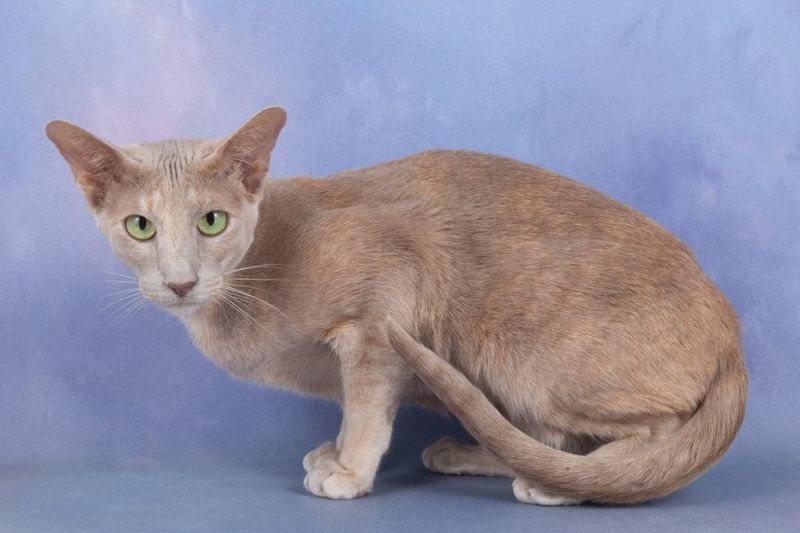
Soft as a newborn deer and just as delicate-looking, fawn-colored cats display a warm, light beige coat that’s incredibly uncommon. The color resembles a gentle sunlit sand dune.
This rare hue results from a dilution of the already-uncommon cinnamon gene. Oriental breeds occasionally showcase this subtle shade, which often comes with amber or green eyes that perfectly complement their pale coats.
7. Lilac
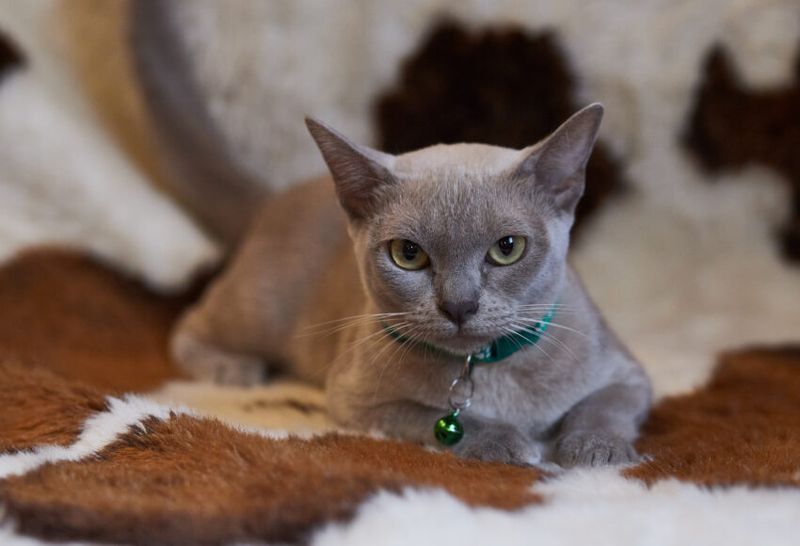
Floating somewhere between gray, pink, and lavender exists the enchanting lilac cat. Their coat color resembles a misty morning—soft, pale, and slightly iridescent in certain lights.
Genetically speaking, lilac is a dilution of chocolate, requiring two recessive genes to appear. British Shorthairs and Ragdolls occasionally display this dreamy shade, which pairs beautifully with their typically copper or blue eyes.
8. Cinnamon
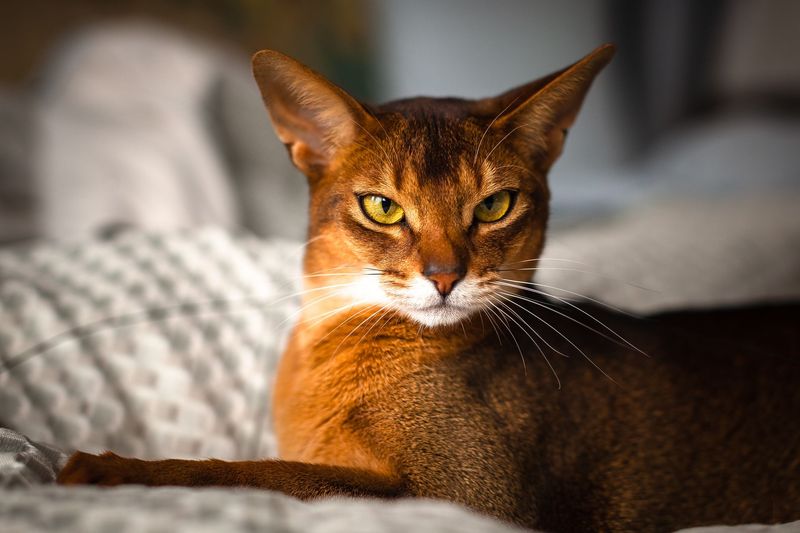
Warm and spicy like its namesake, cinnamon cats showcase a rich, reddish-brown coat that glows like burnished copper in sunlight. This color sits between chocolate and traditional orange tabby.
Originally discovered in Siamese cats, this rare hue now appears occasionally in Abyssinians and Oriental Shorthairs. Cinnamon cats often have complementary green or gold eyes that enhance their warm, inviting appearance.
9. Tabby
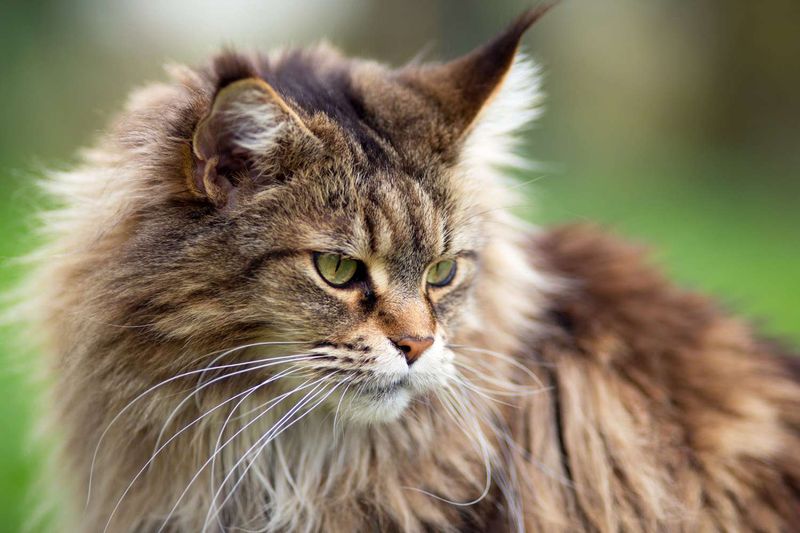
Street-smart and instantly recognizable, tabby cats sport the most common pattern in the feline world. Their signature “M” marking on the forehead supposedly comes from an ancient blessing by Mohammed or Mary, depending on the legend.
Tabbies come in four distinct pattern types: mackerel (tiger stripes), classic (swirls), spotted, and ticked. Their versatile genes allow this pattern to appear across virtually every cat breed.
10. Solid (Black, White, Grey)
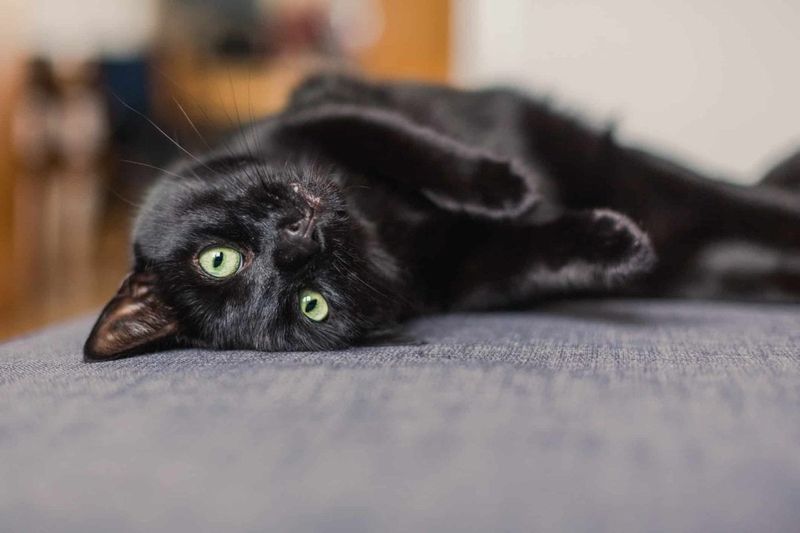
Elegantly simple, solid-colored cats wear a single shade from nose to tail. Black cats are particularly abundant due to dominant melanin genes—and contrary to superstition, they bring good luck in many cultures!
Pure white cats often have blue eyes, gold eyes, or even one of each (heterochromia). Grey (blue in cat terminology) solids showcase various shades from pale silver to deep charcoal, all from the same dilution gene.
11. Tortoiseshell (Tortie)
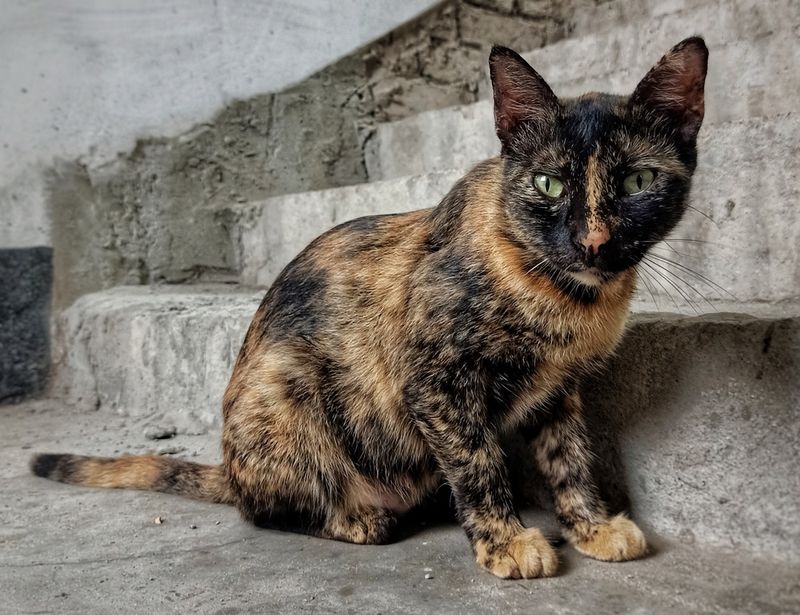
Fiery personalities match their mottled coats—or so the legend goes with tortoiseshell cats! Their fur blends black and orange in a beautiful kaleidoscope pattern without the white patches seen in calicos.
Almost exclusively female, torties showcase what geneticists call “X-chromosome inactivation” in living color. Some display diluted versions with blue-cream combinations, creating a softer, pastel version of the classic tortie look.
12. Bicolor (Tuxedo)
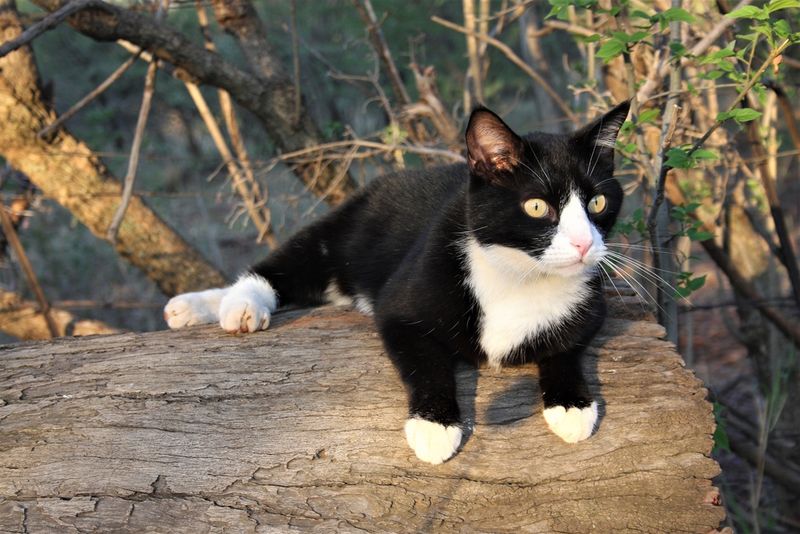
Forever dressed for a gala, tuxedo cats sport a classic black and white combination that resembles formal evening wear. The pattern typically features a black coat with white chest, paws, and sometimes facial markings.
Genetic studies suggest the tuxedo pattern forms during early embryonic development. Famous tuxedos include Sylvester from Looney Tunes and real-life presidential pets like President Clinton’s Socks and President Roosevelt’s Slippers.
13. Calico
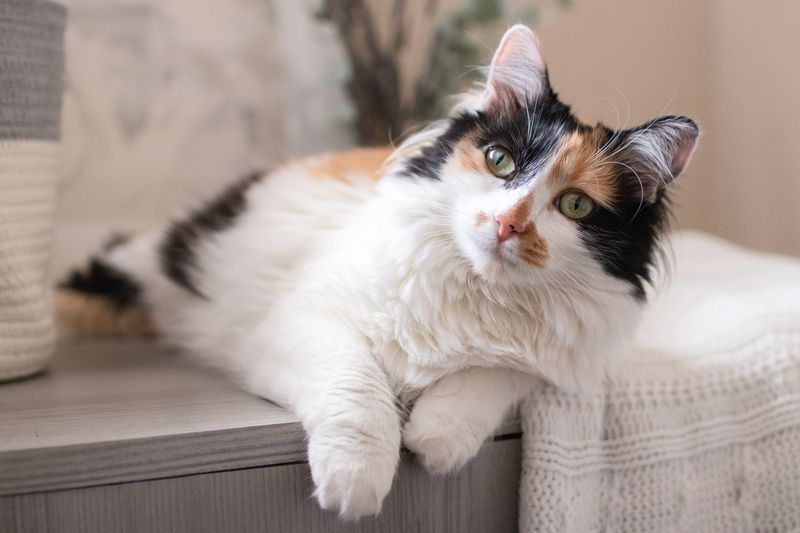
Walking canvases of feline artistry, calicos display a spectacular tricolor coat that’s primarily white with patches of black and orange. In Japan, these cats are called “mike” (three-fur) and are considered lucky charms for sailors.
The genetics behind calicos are fascinating—their coloration is linked to the X chromosome. This explains why approximately 99.9% of calicos are female, making male calicos exceptionally rare genetic oddities.

